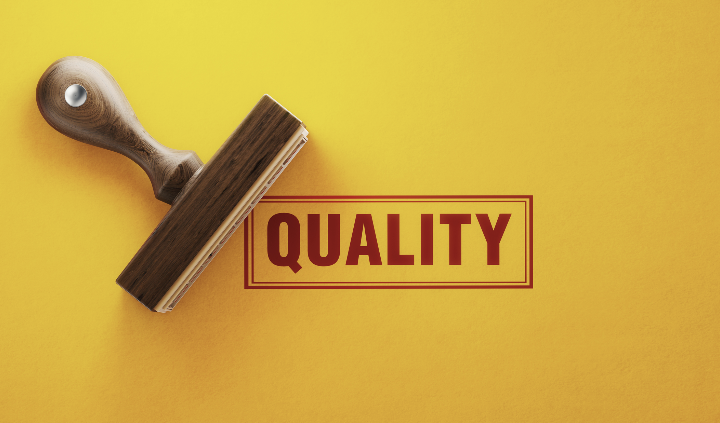
When it comes to selling on Amazon, striking the perfect balance between product quality and pricing is a critical art that can set the stage for your success. Unlike traditional brick-and-mortar stores where customers can touch and feel products, online shoppers rely heavily on visual cues and social proof to gauge quality.
This article delves into strategies for ensuring your product stands out for its quality and price, solidifying its position in the competitive Amazon marketplace.
1. Utilize Customer Reviews as a Quality Barometer
Customer reviews on Amazon are a goldmine of insights. They not only provide direct feedback on your product but also serve as a crucial indicator for potential buyers. If your product garners consistently high ratings compared to similar items, it’s a strong signal that you can justify a higher price point. Remember, in the e-commerce world, high ratings often translate to perceived high quality.
2. Feature-Rich Products Command Higher Prices
Does your product offer more features or better functionality than its competitors? More megapixels in a camera or an extended zoom range can justify a higher price because they directly translate to enhanced benefits for the customer. When your product clearly offers more, it’s easier to set a premium price point.
3. Conduct Comparative Analysis
Sometimes, the best way to understand where your product stands is by directly comparing it with competitors’. This might involve purchasing and analyzing competing products to understand their build quality, features, and customer appeal. This hands-on approach can provide valuable insights into how your product can be improved or how its pricing can be adjusted.
4. Navigating the Price-Quality Perception
The psychology of pricing plays a significant role in how customers perceive quality. A product priced too low might be assumed to be of inferior quality. To counter this without compromising your competitive edge, consider maintaining a standard headline price while offering discounts or limited-time promotions. This approach ensures that the product’s perceived value remains high while still providing an incentive for customers.
5. Limiting Discounts to Enhance Perceived Value
The exclusivity of a discount can significantly impact its perceived value. Instead of broad discounts, consider targeted offers for specific customer groups like repeat customers, or during special events. These exclusive discounts are perceived as more valuable and can maintain the product’s overall perceived quality and worth.
6. Understanding Price Psychology
Pricing isn’t always a straightforward reflection of cost and profit. It’s deeply entwined with customer psychology. Customers often have a preconceived notion of what a product should cost based on various factors, including past experiences and market trends. Aligning your pricing strategy with these psychological expectations without underselling your product’s quality is key.
Conclusion
In conclusion, creating a great quality product for Amazon involves a nuanced understanding of not just the physical aspects of your product, but also the psychological factors that influence buying decisions. By effectively leveraging customer reviews, enhancing product features, understanding competitive offerings, and smartly navigating the complex dynamics of pricing psychology, you can position your product as a high-quality offering that commands a fair price. Remember, in the Amazon marketplace, the right balance of quality and price is important!
